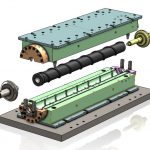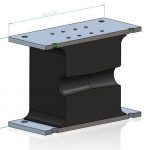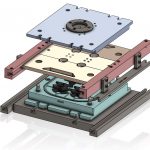How is a rubber product made?
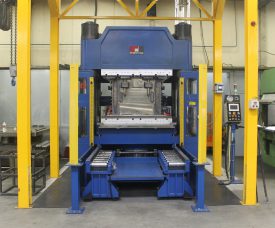
How is a rubber product made? The making of a rubber product is similar to the baking of a loaf of bread. Here is an explanation of the process.
Design based on a blueprint
First a product blueprint is made. This blueprint shows what the rubber product will eventually look like. On the basis of this, our mould engineers produce a mould blueprint, which indicates how the mould must be designed for the manufacture of the envisaged rubber product. Using SolidWorks design software, we can engineer rubber products and moulds in 3D and 2D. The product is calculated and simulated with a view to designing a mould that is as efficient as possible. The mould is constructed in-house by RIS Rubber and then the production of the mould is outsourced within our partner network.
Testing and vulcanising
Following the delivery of the mould, we start up an initial pilot production. The mould is filled with rubber: a mixture of polymers, fillers, oils and auxiliary substances, as well as vulcanising agents. Read more about the composition of rubber here. Initially, the rubber is soft to the touch, a bit like chewing gum. Vulcanisation is effected using the high pressure and heat of the press; this can be compared to the final baking of a loaf of bread. The rubber mixture transitions from a plastic to an elastic state and after vulcanisation, the final product is ready.
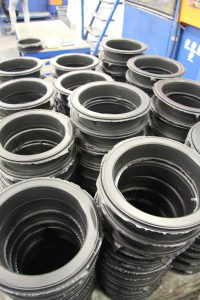
Assessment of rubber products
Once the rubber product has been produced, it is assessed by our own Quality Control department, and obviously by the client too. Subject to mutual consent, serial production will begin in either Lelystad or Bulgaria.
Rubber/metal products
The incorporation of metal can contribute additional strength or support to rubber products and, if required, RIS Rubber can also carry out the process of connecting rubber to metal. These two materials are not natural allies, and connecting them therefore requires careful attention. Read more about the way in which rubber can be connected to metal here.
If you would like to know more about our production processes or are trying to source a rubber product, please feel free to contact us; we would be delighted to discuss the possibilities with you.


